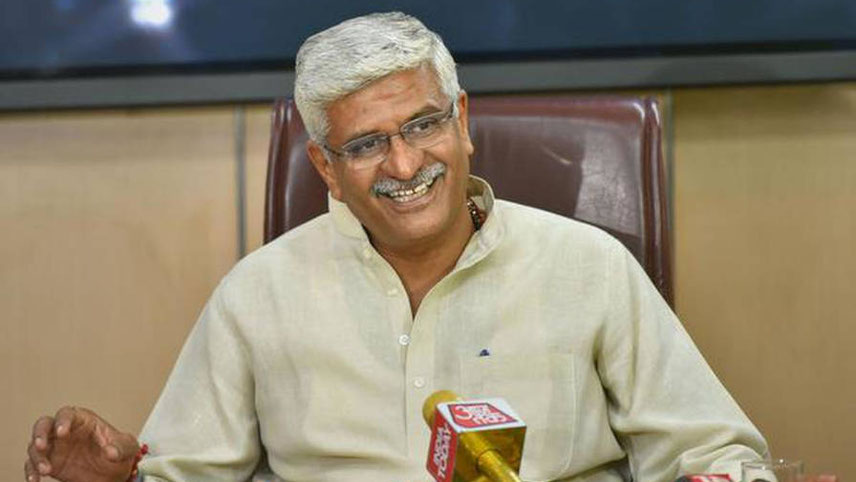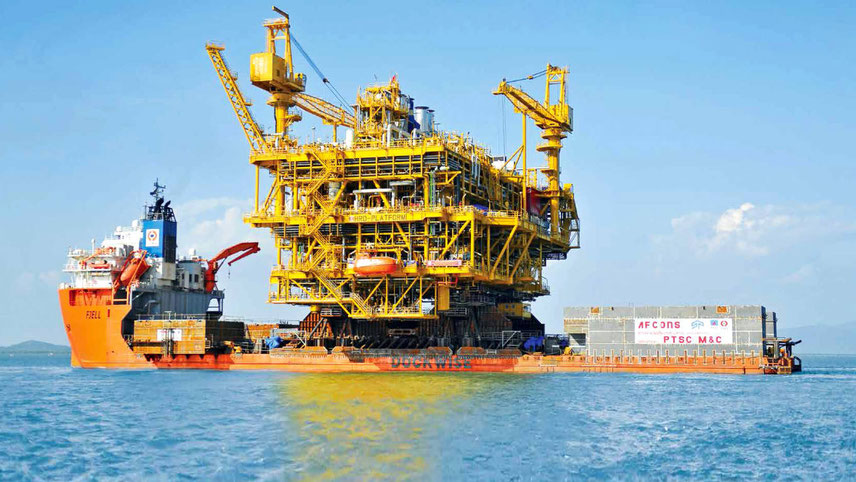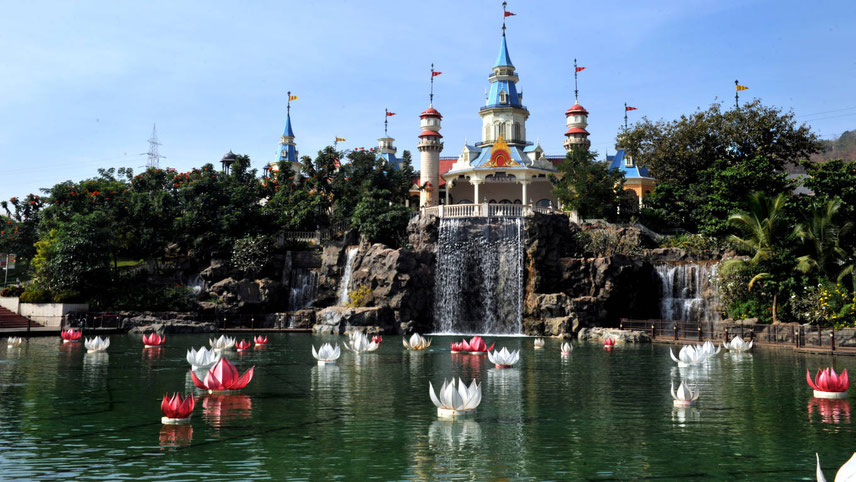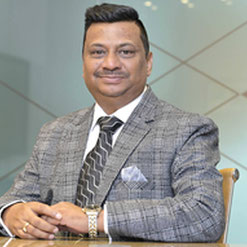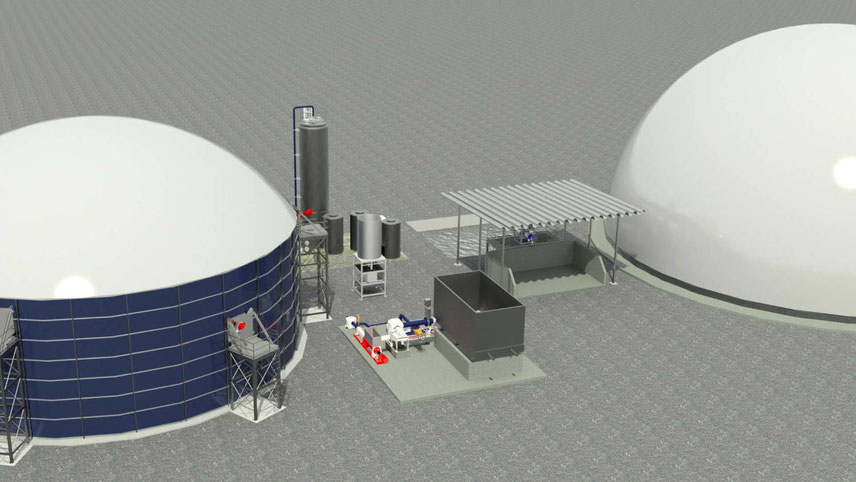Recently, many have speculated that Raghuram Rajan, former governor of RBI, is now planning to wear a political hat. The speculation began after Rajan joined Rahul Gandhi in his Bharat Jodo yatra, a thinly-veiled political exercise. Rajan has not denied the possibility yet. But he continues to make news by needling the Modi government. During his recent stay in India, the economist said he believes the country will be lucky, if it achieves 5 per cent growth next year. The former governor, in the course of a recorded conversation with the Congress leader, said next year is going to be more difficult than this one. "Of course, this one had a lot of difficulties with the war and all that. Growth is going to slow in the world. People are raising interest rates that bring down growth.” India's interest rates have also gone up but Indian exports have been slowing quite a bit,” added Rajan. “India's inflation problem is more about commodities’ inflation problem, vegetables' inflation problem. That is also going to be negative for the growth." Diverse views Rajan’s remarks brought forth a raft of responses from the government and the ruling Bharatiya Janata Party. At least one Central minister, Gajendra Singh Shekhawat, recalled that Rajan had erred in his prediction of default in repayment of Mudra scheme, which involved loans of up to Rs10 lakh to small businesses. Indeed, the government continues to stick to its stand that India is the fastest growing economy in the world and has emerged as a strong power. “The November export figures have come now and are encouraging,” commented Shekhawat. “If you look at the statistics of the last one month, many countries in the world are facing recession. India has done well in terms of production and exports. Exports increased by 10.79 per cent”. He listed ‘steps taken by PM Modi’, such as Skill India and Start-up India, as key factors. Through improvements in ease of doing business, “an atmosphere of security and stability was created, which increased foreign investment. Even critics of India believe that, given the speed with which the economy is growing, it is estimated that, by 2027, India will become the third largest economy in the world,” he added. Inflation the bugbear Interestingly while the government is bullish about the economy, the RBI is wary of what the immediate future holds. “Inflation may be slightly down, but it is certainly not out,” the RBI said in its latest ‘State of the Economy’ report. “If anything, it has broadened and become stubborn, especially at its core. And an ‘unease’ hangs over energy prices.” The report cautioned that the balance of risks is increasingly tilted towards a darkening global outlook and emerging market economies appear to be more vulnerable. Yet, the RBI projects a 6.9 per cent growth for the current fiscal. In its latest India Development Update, the World Bank’s flagship publication says that India has demonstrated remarkable resilience despite a challenging external environment. The report titled Navigating the Storm, finds that the impact of a tightening global monetary policy cycle, slowing global growth and elevated commodity prices will mean that the economy will experience lower growth in 2022-23, compared to 2021-22. The World Bank has pegged its latest forecast on growth at 6.9 per cent. The Bank report, however, forecasts that the economy will grow at a rate of 6.6 per cent in 2023-24. While the deteriorating external environment will weigh on India’s growth prospects, the economy is relatively well- positioned to weather global spill-overs, compared to most other emerging markets, it says.
-

National Infrastructure Pipeline: a key driver of the government’s capex growth










